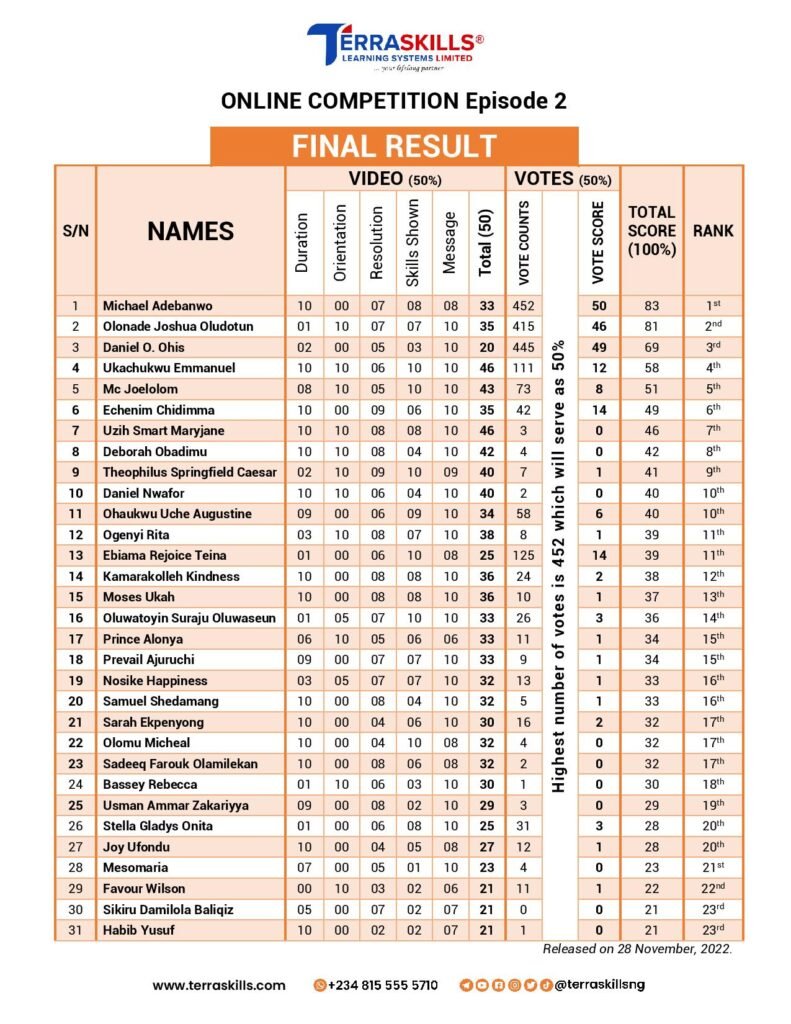Tuberculosis (TB) is a bacterial infection caused by Mycobacterium tuberculosis, which most commonly affects the lungs.
The disease is transmitted from person to person through the air. People with lung TB spread the TB germs into the air when they cough, sneeze, or spit. In order to become infected, a person only needs to inhale a few of these germs.
About a quarter of the world’s population has a tuberculosis infection, which means they’ve been infected with the bacteria but aren’t sick yet and can’t spread it.
Global impact of Tuberculosis
In 2020, the largest number of new TB cases occurred in the South-East Asian Region, with 43% of new cases, followed by the African Region, with 25% of new cases and the Western Pacific with 18%.
About 86% of new TB cases occurred in the 30 high TB burden countries. Eight countries accounted for two-thirds of the new TB cases: India, China, Indonesia, the Philippines, Pakistan, Nigeria, Bangladesh, and South Africa.
Who is most at risk?
Tuberculosis primarily affects adults in their prime years of work. All age groups, however, are at risk. Developing countries account for over 95% of cases and deaths.
HIV-positive people are 18 times more likely to develop active tuberculosis. Active tuberculosis is also more likely in people who have other illnesses that weaken the immune system. People who are malnourished are three times more likely to die of the disease.
Theme of the World Tuberculosis Day
The theme for this year’s World Tuberculosis Day is “invest to end TB. Save Lives.”
This calls for investment in the prevention, diagnosis, treatment and research of Tuberculosis
The World Health Organisation reports that US$ 13 billion are needed annually for TB prevention, diagnosis, treatment and care.
According the World Health Organisation,
Investments in TB prevention, diagnosis and care for tuberculosis in low- and middle-income countries (LMICs) accounting for 98% of reported TB cases, fall far short of what is needed. Less than half (41%) of the global TB funding target is available, leaving a US$ 7.7 funding gap in 2020 to achieve global targets.
TB funding is back to the level of 2016 with an 8.7% drop in TB spending between 2019 and 2020.
Of the US$5.3 billion funding for tuberculosis available in 2020, 81% was from domestic sources; with the BRICS countries (Brazil, Russian Federation, India, China and South Africa) accounting for US$2.8 billion.
Over the past decade, US$ 0.9 billion were invested annually in tuberculosis by international donors; 76% of which accounted by the Global Fund to Fight AIDS, Tuberculosis and Malaria (the Global Fund), the largest contribution.
The United States Government is the largest contributor of funding to the Global Fund and also the largest bilateral donor; overall, it contributes close to 50% of international donor funding for TB.
Provisional data for TB funding in 2021 suggests that allocations for 2021 will remain inadequate. Increases in both domestic and international funding for TB are urgently required
For research and development, according to the Treatment Action Group, only US$ 0.9 billion were available in 2019 of the US$2 billion required per year to accelerate the development of new tools. At least an extra US$ 1.1 billion per year is needed to accelerate the development of new tools.
For this and much more Information relating to employability skills; employment opportunities; career advancement; and entrepreneurship development; Join our Telegram and WhatsApp groups; and also follow us on Instagram; Twitter; and Facebook.




